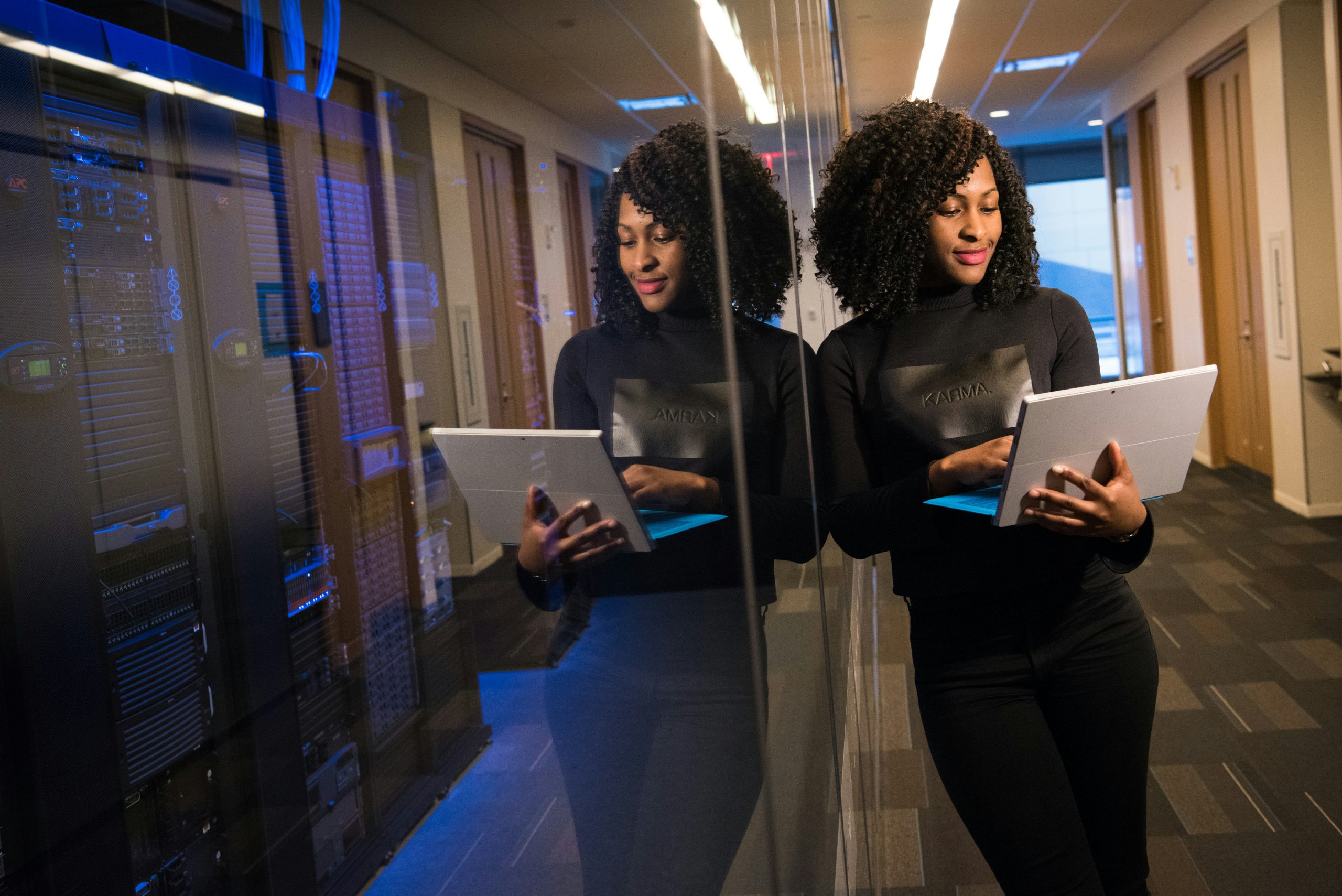 We know that the economy is changing as automation decreases certain jobs while advances in technology create others. We know that businesses are unsatisfied with the skills recent graduates possess: according to a huge survey of business managers, 60% believe candidates lack critical thinking and problem solving skills.
We know that the economy is changing as automation decreases certain jobs while advances in technology create others. We know that businesses are unsatisfied with the skills recent graduates possess: according to a huge survey of business managers, 60% believe candidates lack critical thinking and problem solving skills.
Harvard Professor David Demers has written extensively about the decline in single skill-set jobs. (This page features several papers he’s published on topics relevant to this discussion.) For example, automation has reduced the need for people with singular mathematical skills (e.g. bank tellers). Similarly, people who only possess soft skills (like child-care providers) suffer because the high level of applicants for such jobs drives down wages. However, people who are able to combine their hard, discipline-specific skills with soft skills like communication, critical thinking, and problem solving, will be the ones to thrive in the evolving knowledge economy. The opening paragraph of his recent paper, The Growing Importance of Social Skills in the Labor Market, sums the situation up nicely:
“Between 1980 and 2012, jobs requiring high levels of social interaction grew by nearly 12 percentage points as a share of the U.S. labor force. Math-intensive but less social jobs–including many STEM occupations–shrank by 3.3 percentage points over the same period. Employment and wage growth was particularly strong for jobs requiring high levels of both math skill and social skills.”
Which raises the question: is higher ed adequately preparing people with the right combination of hard and soft skills? We recently hosted a series of webinars (recordings available) about the growing skills gap, and higher education’s need to rethink the way soft skills are taught and integrated into the disciplines. Education consultant Kate Sawyer argues in Time for a Paradigm Shift? that we must radically change where and how often critical thinking is presented to students if they are to learn these skills effectively. Laurie Burruss, presenter of From School to Work: Bridging the Skills Gap, talks about mixing soft and hard skills as a strategy to bridge the skills gap. She makes the case that this is essential in ensuring learners’ ability to obtain the jobs that are and will be, versus the jobs that once were.
A non-profit organization called Working Nation offers this quick “Are You Futureproof” quiz to test people’s vulnerability to the changing workforce. It’s clear that in order for higher education to fulfill the mission of preparing students for success in the real world, finding the right balance of hard of soft skills will be critical.
Image credit: Untitled Exhibitions via Flickr







